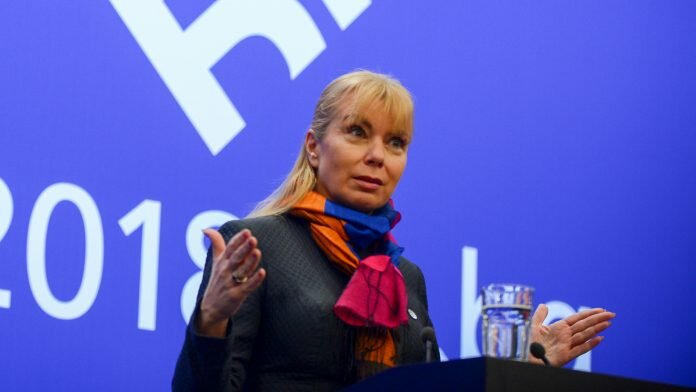
The European Commission has adopted a new communication on clean air, which will help member states tackle air pollution by outlining the available measures.
Alongside the new communication, the commission has underlined the need for member states to increase co-operation, encouraged states to take advantage of EU funding to support air quality improvement measures, and advocated for European authorities to engage more effectively with relevant authorities, all of which will help member states tackle air pollution on a larger scale than ever.
In addition to the new communication, the commission has referred six countries to the European Court of Justice for failing to meet agreed air quality limits for pollutants, and issued formal notices to four countries for disregarding EU vehicle-type approval rules. Countries which have been referred to the court include:
- France;
- Germany;
- Hungary;
- Italy;
- Romania; and
- The UK.
Meanwhile, the countries which have been issued letters of formal notice are:
- Germany;
- Italy;
- Luxembourg; and
- The UK.
This combination of efforts is the latest in a series of commission measures to dramatically decrease air pollution in European member states, as a means of improving health and reducing environmental impact.
What has the European Commission said?
European Commissioner for Industry Elżbieta Bieńkowska emphasised that all sectors responsible for air pollution emissions have a responsibility to change in order to achieve the commission’s ambitious climate targets. She also highlighted the importance of the EU’s legal actions as a means of holding accountable those who do not comply with regulations.
She said: “We will only succeed in fighting urban air pollution if the car sector plays its part. Zero emissions cars are the future. Meanwhile, complying with emissions legislation is a must. Manufacturers that keep disregarding the law have to bear the consequences of their wrongdoing.”
The commission’s new regulations will act in conjunction with new rules governing vehicle emissions, which will ensure that emissions testing is carried out under real driving conditions.


















